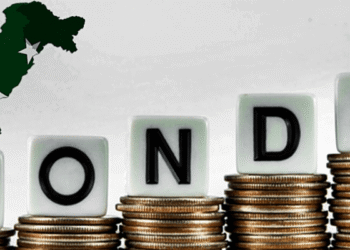Web Desk (MNN); Lahore’s air quality plunged into the hazardous category on Saturday morning, with Swiss air-monitoring platform IQAir ranking the city as the most polluted urban centre in the world.
Around 9am, Lahore recorded an alarming AQI of 533, as a dense layer of toxic smog continued to blanket the city for several days, reducing visibility and intensifying respiratory illnesses across Punjab.
According to IQAir, the dominant pollutant was carcinogenic PM2.5, which reached 341.9 µg/m³ — a staggering 68.4 times above the World Health Organisation’s annual safety benchmark. These ultrafine particles can penetrate deep into the lungs and enter the bloodstream, heightening the risk of heart disease, stroke, lung cancer and chronic respiratory disorders.
Residents have increasingly complained of breathing difficulties, throat irritation and burning eyes. Public health specialists have advised people to remain indoors during peak smog hours and to wear N95 or P100-grade respirators when outdoors.
Across the border, New Delhi also remained engulfed in hazardous smog, recording an AQI of 508 in the morning before dropping to 446 later in the day. Despite the slight improvement, its PM2.5 levels were still almost 60 times higher than WHO recommendations, as the capital of 30 million remained trapped under a toxic winter haze.
The worsening smog is attributed to cooler air locking pollutants near the ground and forming a dangerous seasonal mix of crop-burning smoke, vehicular emissions, industrial output and construction dust. Delhi routinely appears among the world’s most polluted capitals, with authorities often pointing to stubble burning in Punjab and Haryana as a key driver of the annual crisis.
Kolkata ranked third on the global pollution index as several South Asian cities experienced a seasonal spike caused by thermal inversion — a phenomenon in which a warm air layer traps colder, polluted air at ground level. Experts warn that this lid-like effect, combined with increased winter emissions, creates a suffocating toxic dome over major cities.
UNICEF has raised alarm that polluted air disproportionately affects children, increasing their vulnerability to acute respiratory infections. A 2023 study also indicated that air pollution could shorten life expectancy by more than five years in parts of South Asia.
The region regularly faces disruptions to daily life, including school closures, slower traffic and growing pressure on hospitals during peak smog months.
In Pakistan, Punjab’s advanced Smog Monitoring and Control Centre continues to collect real-time pollution data, while anti-smog guns are being used in smog hotspots across Lahore.
Officials and health professionals have urged residents to take preventive measures, such as limiting outdoor exposure, improving indoor air circulation with MERV-13 filters, using HEPA purifiers, avoiding indoor smoke sources and maintaining hydration. Diets rich in antioxidants and omega-3 fatty acids may also help counter pollution-induced oxidative stress.
Experts stress that while short-term steps can reduce individual exposure, significant and lasting improvement depends on strict policy implementation, clean-energy adoption and sustained regional cooperation, especially as winter conditions intensify pollution across South Asia.




















